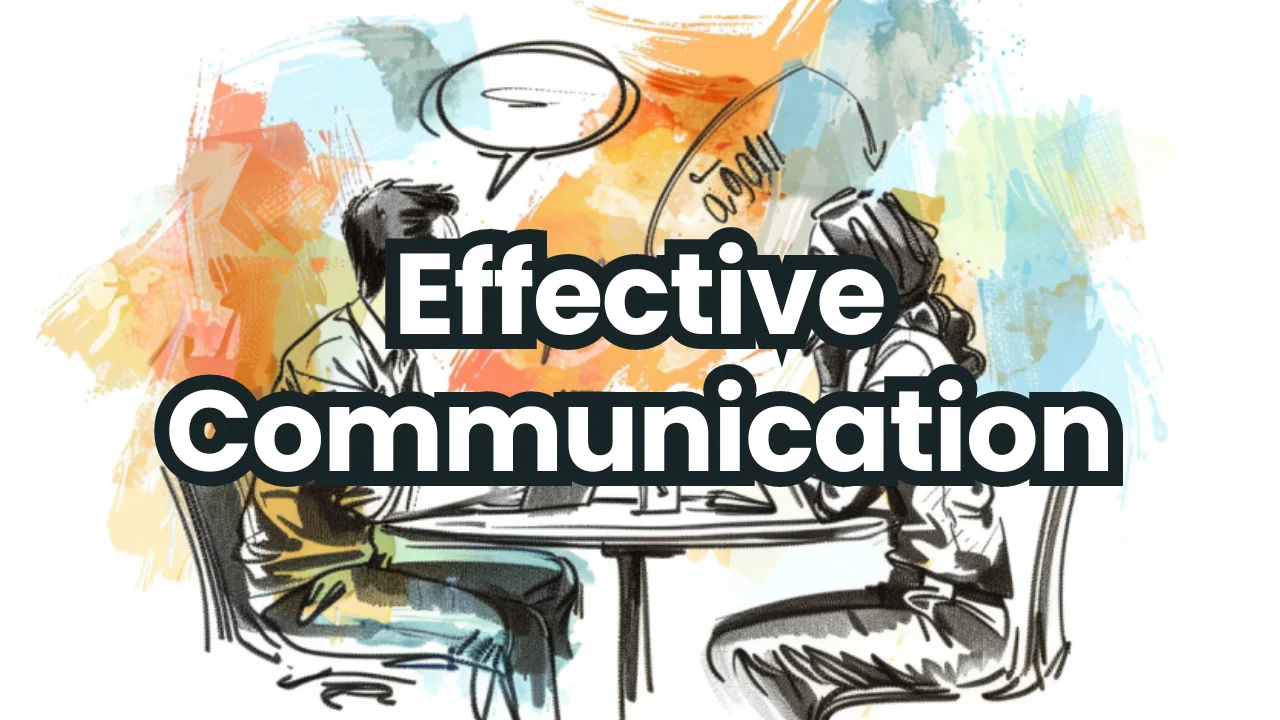Introduction Why Effective School Communication Matters
Effective school communication is more than sending newsletters home or updating notice boards. It’s the backbone of building trust, collaboration, and shared responsibility among students, parents, teachers, and school administrators.
In today’s world—where education is increasingly digital and student well-being is as important as academic achievement—strong communication ensures that everyone works toward a common goal: student success.
👉 According to Edutopia (external link), schools with clear communication strategies report higher student engagement and stronger parent satisfaction.
The Foundation of Effective School Communication
At its core, effective communication in schools requires:
- Transparency – honest, timely updates.
- Consistency – regular communication across platforms.
- Accessibility – inclusive language, multiple formats.
- Collaboration – two-way dialogue between schools and families.
When these foundations are strong, communication becomes a powerful tool to enhance learning outcomes.
Key Benefits of Effective School Communication for Student Success
Research shows that when schools communicate effectively:
- Parents are more engaged in their child’s education.
- Students develop stronger academic confidence.
- Teachers experience less stress and higher satisfaction.
- Schools build trust with communities.
👉 Explore our internal guide on parent engagement strategies. (internal link)
Barriers to Effective School Communication
Despite its importance, many schools struggle with communication. Common barriers include:
- Language differences.
- Lack of digital access for parents.
- Information overload (too many messages).
- Inconsistent communication styles across teachers.
Breaking down these barriers requires intentional planning and the right tools.
9 Powerful Strategies for Effective School Communication
5.1 Open Parent Teacher Partnerships
Strong parent-teacher collaboration ensures early intervention and shared responsibility for student progress.
5.2 Student Voice and Feedback Systems
Listening to students fosters ownership, motivation, and leadership skills.
5.3 Digital Platforms and Apps for Schools
Apps like ClassDojo, Remind, and Google Classroom make communication instant, trackable, and engaging.
5.4 Clear and Inclusive Messaging
Schools should use simple, jargon-free, and multilingual communication.
5.5 Staff Training in Communication Skills
Teachers and administrators must learn active listening, empathy, and conflict resolution.
5.6 Crisis Communication Plans
From emergencies to unexpected closures, clear protocols build safety and trust.
5.7 Multilingual and Culturally Sensitive Communication
This ensures no family feels left out, improving equity in education.
5.8 Celebrating Student Achievements
Regular recognition boosts student morale and parent-school relationships.
5.9 Consistent Two Way Communication Channels
Two-way dialogue is crucial—communication should be interactive, not one-sided.
Case Studies Schools That Mastered Communication
- Finland’s school system: Prioritizes teacher-parent collaboration with transparency.
- Charter schools in the US: Successfully use apps for daily updates.
- Asian schools: Emphasize collective responsibility and community ties.
Role of Technology in Effective School Communication
From AI-driven chatbots to parent apps, technology is reshaping communication. Schools that adopt these tools experience better engagement and higher satisfaction.
How Parents Can Support Effective School Communication
Parents should:
- Actively check school updates.
- Join parent-teacher associations.
- Encourage open dialogue with teachers.
How Teachers Can Improve Communication Practices
Teachers can:
- Provide clear instructions on homework.
- Use positive reinforcement.
- Offer regular progress updates.
Future of School Communication Trends for 2025 and Beyond
Trends shaping the future:
- AI-based parent communication tools.
- Virtual reality in parent-teacher meetings.
- Increased personalization through data insights.
Conclusion Effective School Communication as the Cornerstone of Student Success
Effective school communication is not optional—it is the cornerstone of student success. Schools that invest in transparent, inclusive, and innovative communication systems will empower students, support parents, and inspire teachers.
👉 The takeaway: Strong communication builds stronger schools—and stronger futures.
Table of Contents
- Introduction: Why Effective School Communication Matters
- The Foundation of Effective School Communication
- Key Benefits of Effective School Communication for Student Success
- Barriers to Effective School Communication
- 9 Powerful Strategies for Effective School Communication
- 5.1 Open Parent-Teacher Partnerships
- 5.2 Student Voice and Feedback Systems
- 5.3 Digital Platforms and Apps for Schools
- 5.4 Clear and Inclusive Messaging
- 5.5 Staff Training in Communication Skills
- 5.6 Crisis Communication Plans
- 5.7 Multilingual and Culturally Sensitive Communication
- 5.8 Celebrating Student Achievements
- 5.9 Consistent Two-Way Communication Channels
- Case Studies: Schools That Mastered Communication
- Role of Technology in Effective School Communication
- How Parents Can Support Effective School Communication
- How Teachers Can Improve Communication Practices
- Future of School Communication: Trends for 2025 and Beyond
- Conclusion: Effective School Communication as the Cornerstone of Student Success
Conclusion:
Effective school communication builds trust, fosters collaboration, and ensures every student has the support they need to thrive.
It strengthens partnerships between parents, teachers, and administrators while breaking barriers that hinder progress.
With the right strategies and tools, schools can transform communication into a driver of academic achievement and well-being.
Ultimately, effective school communication is the true cornerstone of lasting student success.
